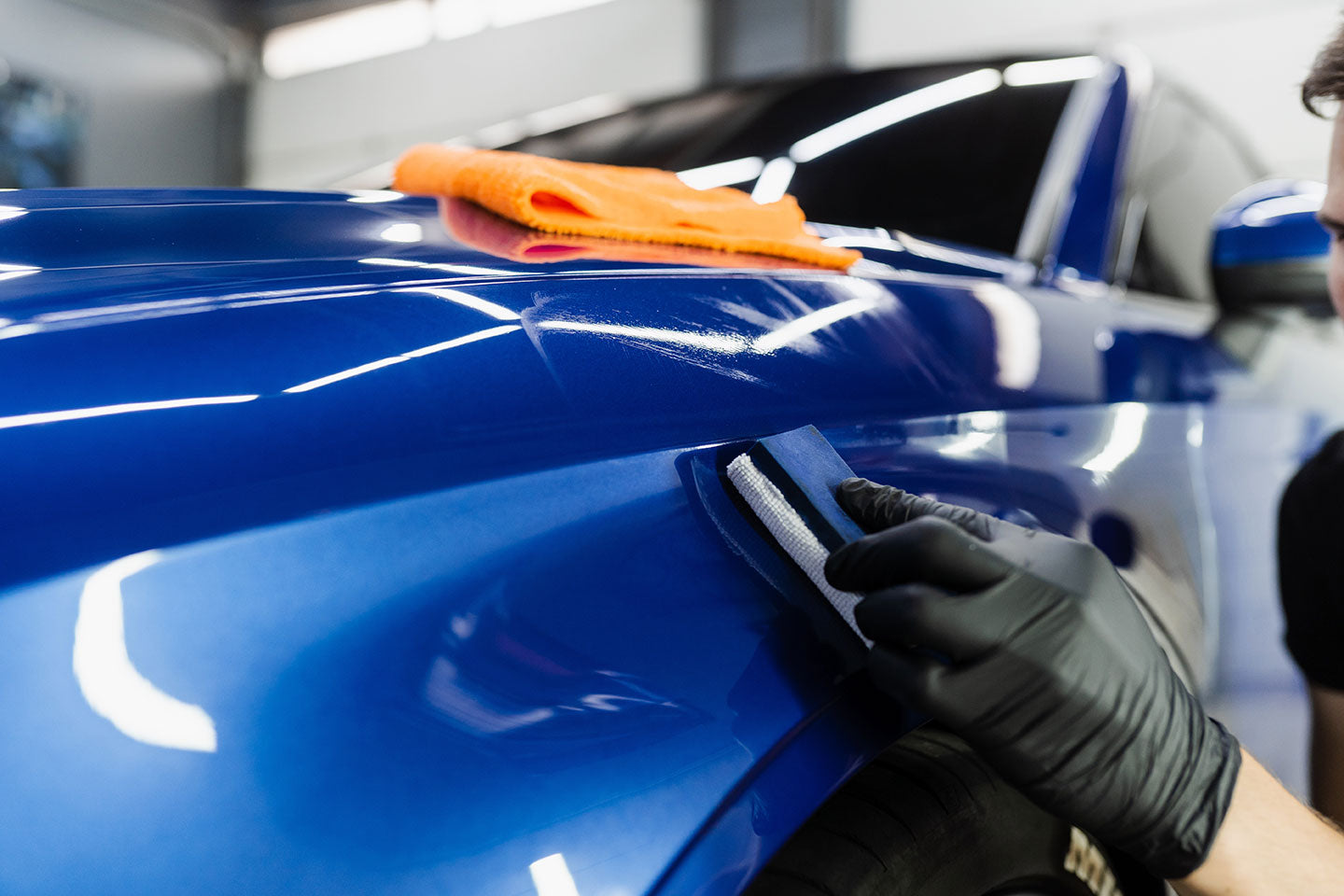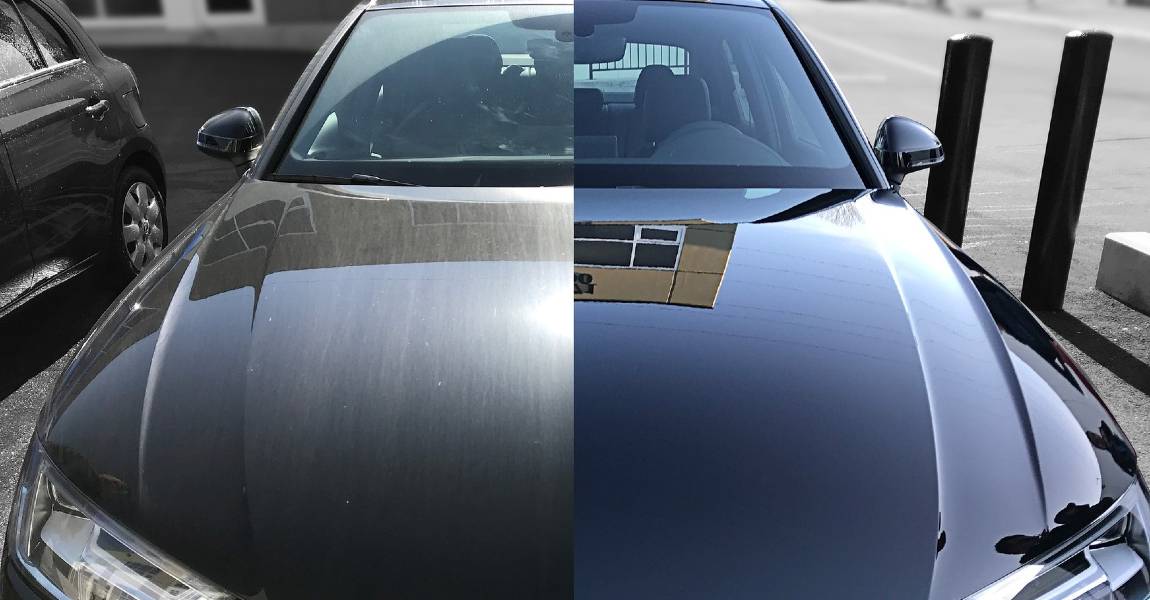Choose premium ceramic coating Sarasota for a shiny finish.
Choose premium ceramic coating Sarasota for a shiny finish.
Blog Article
A Comprehensive Overview to the Kinds Of Ceramic Finish on the Market
Ceramic finishes have emerged as a pivotal remedy across numerous industries as a result of their distinct residential or commercial properties and applications. From silica-based solutions understood for their effectiveness to hybrid alternatives that merge numerous benefits, the options available can be overwhelming. Recognizing the nuances of each type, including their details advantages and excellent use situations, is important for making educated decisions. As we discover the distinctive features and applications of these layers, the implications for performance and durability become increasingly noticeable, questioning about which type might ideal suit your needs.
Comprehending Ceramic Coatings
Ceramic coatings are sophisticated protective options that have acquired popularity in different markets, particularly in automobile and aerospace applications. These layers contain a fluid polymer that, when treated, develops a durable, hydrophobic layer on the surface of the substrate. This layer provides enhanced resistance to ecological contaminants, UV radiation, and chemical direct exposure, thereby expanding the life and aesthetic charm of the underlying product.
The essential element of ceramic finishings is silica, which adds to their solidity and longevity. The application process normally involves surface prep work, application of the finishing, and treating, which can be accomplished with heat or UV light. As soon as treated, ceramic finishings show extraordinary bonding properties, allowing them to adhere strongly to a range of surfaces, including steels, plastics, and glass.
Along with their protective functions, ceramic finishes also supply simplicity of maintenance. Their hydrophobic nature lowers the adherence of dust and grime, making cleansing simpler and much less regular. On the whole, the fostering of ceramic layers stands for a significant improvement in surface area security modern technology, supplying both useful and aesthetic benefits across several sectors.
Kinds of Ceramic Coatings
Various types of ceramic coverings are readily available, each created to fulfill particular performance needs and applications - ceramic coating sarasota. The most common kinds consist of:
Silica-based Coatings: These layers largely include silicon dioxide and are recognized for their longevity and chemical resistance. They are widely utilized in vehicle and commercial applications.
Titanium Dioxide Coatings: Popular for their photocatalytic residential or commercial properties, titanium dioxide finishings are frequently used in settings where self-cleaning and antifungal residential or commercial properties are preferable, such as in building materials and automobile coatings.
Zirconia Coatings: Defined by their high-temperature stability and thermal resistance, zirconia layers are used in applications such as turbine engines and high-performance vehicle elements.
Alumina Coatings: Showing exceptional hardness and thermal stability, alumina layers are frequently made use of in wear-resistant applications, consisting of cutting tools and commercial equipment. - Car Detailing
Hybrid Coatings: Incorporating the properties of various materials, hybrid layers use improved efficiency qualities, making them ideal for one-of-a-kind and demanding applications.
Each kind of ceramic coating serves distinctive purposes, enabling customers to pick the most suitable service based on specific ecological conditions and efficiency needs.
Benefits of Ceramic Coatings
Ceramic coverings, in certain, offer various advantages that make them significantly popular among suppliers and consumers alike. These layers are resistant to scratches, chemicals, and UV rays, making sure that the underlying surface area remains secured over time.
In enhancement to resilience, ceramic finishes website here provide exceptional hydrophobic residential properties, allowing for easy cleaning and maintenance. This water-repellent nature reduces the adherence of dust, crud, and other contaminants, which can extend the visual appeal and performance of the surface. Ceramic layers can dramatically enhance thermal resistance, making them ideal for applications that withstand high temperature levels.

Application Refine
When using ceramic finishings, a meticulous method is vital to attain ideal results. The application procedure usually starts with detailed surface area preparation. This involves washing, decontaminating, and brightening the surface to get rid of all pollutants, including dust, oil, and prior waxes or sealers. A tidy surface area makes certain correct adhesion of the coating.
Once the surface area is prepped, the following action is to apply the ceramic finish. The layer should be applied in thin layers, as thicker applications can why not try these out lead to unequal surfaces.
After application, the coating requires a specific healing time, normally varying from a few hours to a full day, depending upon the product. During this moment, it is important to prevent direct exposure to dampness or pollutants. A gentle buffing may be necessary after curing to boost the gloss and get rid of any kind of high places. Adhering to these actions carefully will optimize the efficiency and long life of the ceramic layer, giving a durable protective layer for the surface.
Maintenance and Durability
To ensure the longevity and performance of a ceramic layer, routine maintenance is essential. Ceramic finishes, understood for their longevity and protective top qualities, require details treatment regimens to maximize their lifespan and performance.
Along with normal washing, regular assessments are essential. Try to find signs of wear or damages, such as hydrophobic residential properties lessening or surface area blemishes. If essential, a light gloss may be related to revitalize the covering without removing it away.
Additionally, the application of a booster spray can enhance the finishing's hydrophobic impacts and recover its gloss. This is especially useful for finishings that have been in usage for an extensive period. Ultimately, by adhering to these maintenance techniques, one can dramatically expand the life of a ceramic coating, guaranteeing that it remains to offer optimum defense versus ecological aspects and preserve the aesthetic charm of the automobile.
Verdict

Report this page